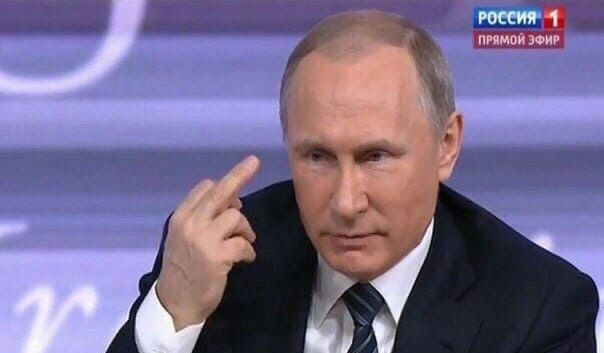In a dramatic turn of events that has sent shockwaves through global political circles, an attempted drone strike aimed at Russian President Vladimir Putin has failed, according to multiple official and media sources. The high-profile attempt, which occurred during a scheduled appearance by the Russian leader at a government compound in central Moscow, was thwarted by a combination of electronic countermeasures and security protocols.
The Russian government confirmed that an “unidentified aerial object” was intercepted over the Kremlin complex in the early hours of the morning. Initial reports suggest the drone was rigged with explosives and programmed to target a specific zone known to be used by the president during key ceremonial events. Fortunately, President Putin was not in the vicinity at the time of the attack, and no injuries or fatalities have been reported.
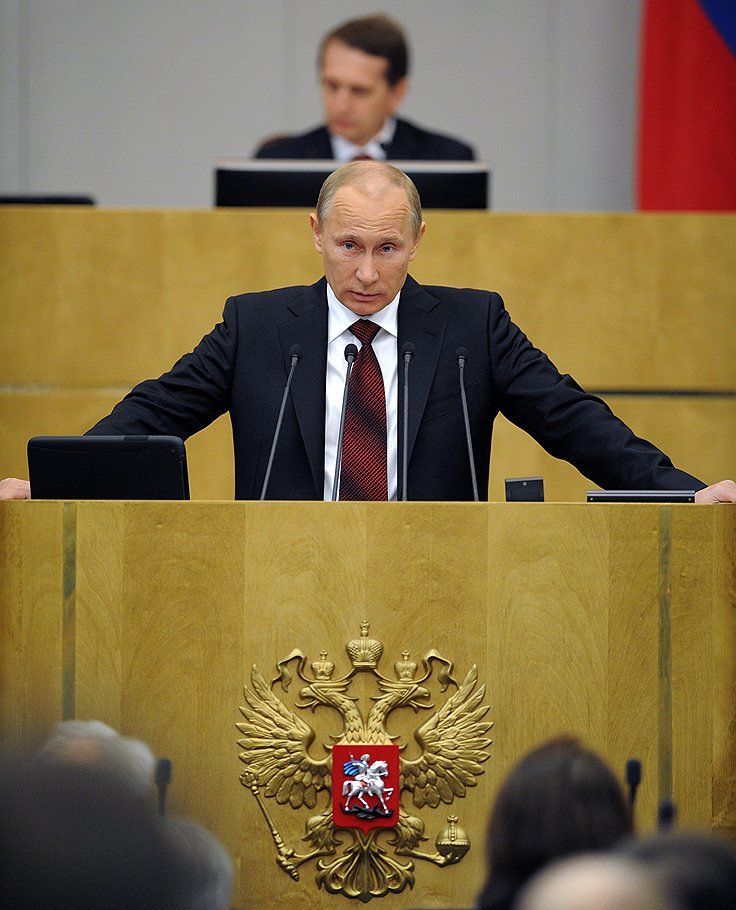
Details of the Incident
The drone reportedly breached several layers of Russian airspace security before being disabled by anti-drone technology. Witnesses described a loud bang followed by a plume of smoke rising from the Kremlin grounds. Video footage circulating on social media shows what appears to be a small unmanned aerial vehicle (UAV) flying toward the Kremlin dome before being intercepted in a mid-air explosion.
Russian authorities have remained tight-lipped about specific details of the incident, but sources inside the Federal Protective Service (FSO) have described the drone as “commercial-grade but heavily modified,” suggesting it may have been upgraded for a precision strike. A forensic investigation is ongoing to determine the origin of the drone, its flight path, and who may be responsible.

Immediate Reactions
President Putin made a public appearance later in the day at a scheduled economic forum, seemingly unfazed by the attack. Flanked by top military officials and security aides, he made no direct reference to the incident during his speech but emphasized “the resilience of the Russian state against internal and external threats.”
Kremlin spokesperson Dmitry Peskov later addressed the media, calling the attempted drone attack “an act of terrorism” and “a cowardly attempt to destabilize the Russian Federation.” Peskov stated that “those responsible, whether foreign agents or domestic enemies, will be identified and punished in accordance with the law.”
Opposition figures and independent analysts were quick to speculate about the implications. Some suggest this could mark a new phase in opposition tactics, moving beyond cyber operations and traditional protests to more aggressive forms of resistance. Others worry that the attack could provide a pretext for even harsher crackdowns on dissent and civil liberties.
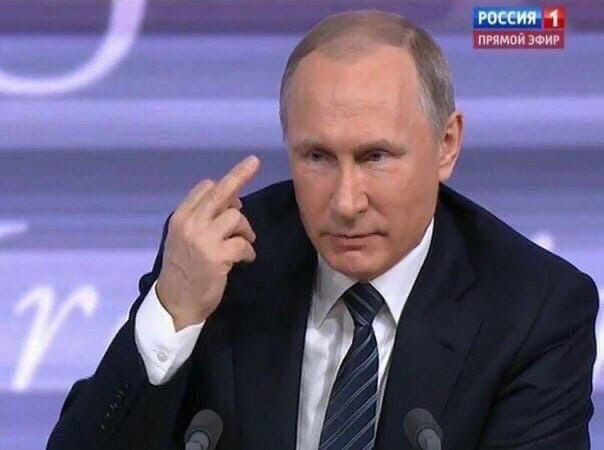
Possible Perpetrators
The Russian government has not officially named any suspects, but speculation is rampant. Western intelligence agencies have distanced themselves from the event, with U.S. and European Union officials condemning the attack while denying any involvement. “We do not condone political violence of any kind,” said a State Department spokesperson.
Some analysts point to anti-Kremlin partisan groups, such as the so-called “Freedom for Russia Legion,” a shadowy organization allegedly made up of defectors and dissidents seeking to overthrow Putin’s regime. These groups, often operating from within Ukraine or in exile, have previously claimed responsibility for sabotage missions and propaganda campaigns but have yet to claim involvement in this drone incident.
Ukrainian officials, while maintaining plausible deniability, were swift to comment on the symbolism of the failed strike. “When you build your leadership on fear and violence, it’s only a matter of time before it turns inward,” said Mykhailo Podolyak, an advisor to President Volodymyr Zelenskyy, in a tweet that many interpreted as a veiled reference to the attempted assassination.
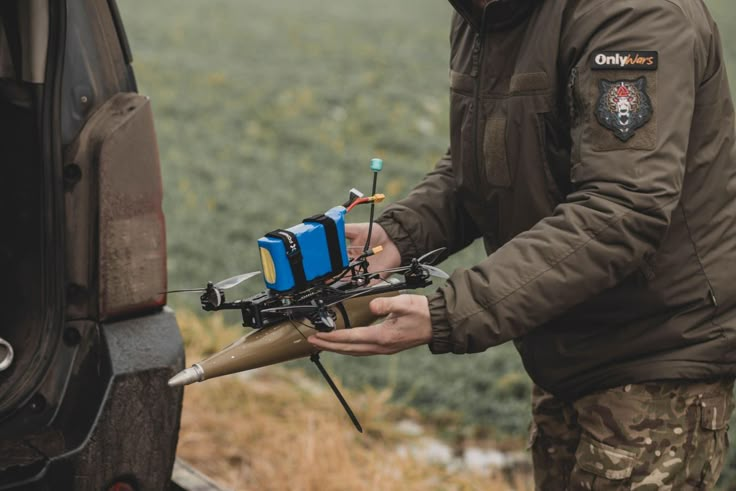
Strategic and Political Implications
The attack raises serious questions about the vulnerability of even the most secure locations in Russia. The Kremlin, with its fortress-like construction and advanced air defenses, has long been considered impenetrable. The fact that a drone could reach so close to its walls suggests a failure in either intelligence gathering or physical security—or both.
For President Putin, the optics are damaging, even if the attack was unsuccessful. It undercuts the narrative of absolute control and invulnerability that has been a hallmark of his public image. With ongoing unrest over economic stagnation, military casualties in Ukraine, and increased sanctions pressure, the failed assassination attempt may add to a growing sense of instability within the Russian elite.
Internationally, the event could escalate tensions further. Russia may use the incident as justification for new military actions or domestic crackdowns. Already, there are reports of heightened security across Moscow and increased surveillance of opposition-linked figures. Airports and rail terminals were briefly shut down, and a curfew has reportedly been discussed in some regional centers.
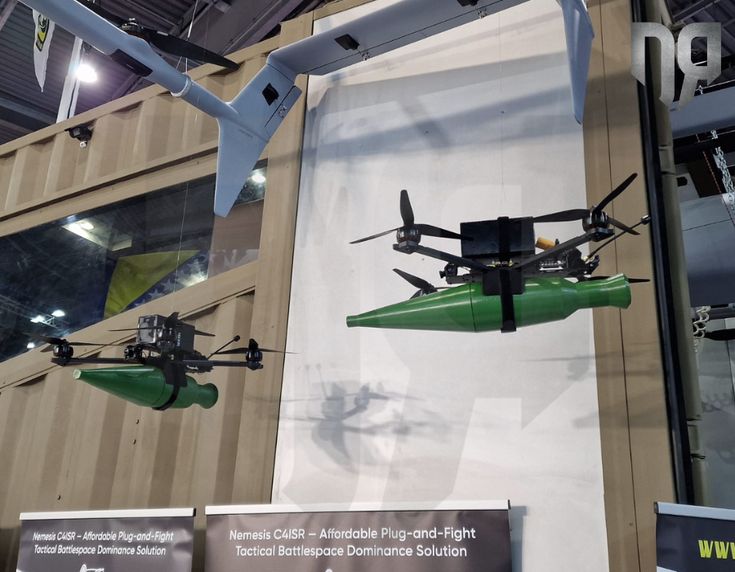
Technology and the Age of Drone Warfare
The attempted attack also highlights the rising threat posed by small, unmanned aerial vehicles in modern asymmetric warfare. Drones, once the exclusive domain of advanced militaries, are now accessible to small groups and individuals. With the right modifications, even commercial drones can be turned into weapons capable of reaching high-value targets.
Counter-drone technologies are evolving in tandem, but the balance remains precarious. Russia, which has invested heavily in electronic warfare and jamming capabilities, was fortunate this time. But as the technology proliferates, experts warn that high-profile leaders around the world may increasingly find themselves within reach of such threats.
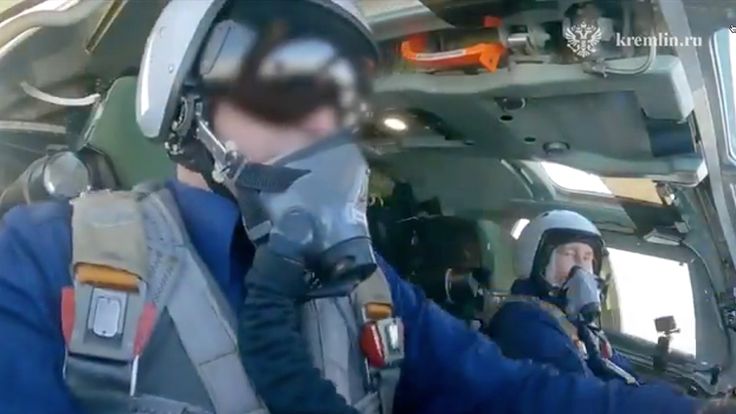
Global Response
Reactions from world leaders have varied. Chinese President Xi Jinping expressed “deep concern” over the situation and reaffirmed China’s opposition to political violence. The European Union issued a brief statement condemning the use of drones for assassination attempts, emphasizing the need for de-escalation.
The White House, while clearly distancing itself from the incident, reiterated that the U.S. supports peaceful change and dialogue, not acts of violence. However, behind the scenes, intelligence agencies are almost certainly reevaluating the security dynamics in Russia and the potential fallout from such brazen attacks.
Looking Ahead
While the assassination attempt failed, the message it sent may be even more powerful than any physical damage. It signals that opposition to Putin’s rule—whether foreign or domestic—is willing to escalate in daring and unpredictable ways. It also reminds the world that no regime, no matter how authoritarian, is immune to the consequences of conflict and dissent.
As investigations continue and more details emerge, one thing is clear: the age of drone warfare has entered a new and politically explosive chapter. And for Vladimir Putin, the skies over Moscow may never look the same again.
